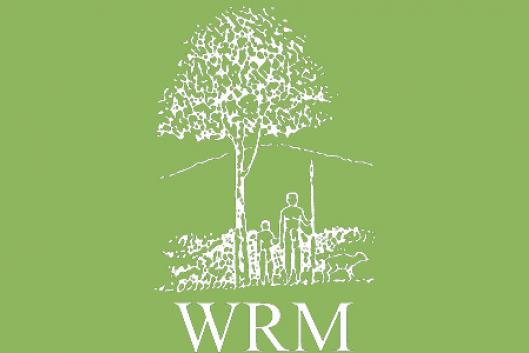Located at the Northern limit of the African tropical forest region, Togo still has 1,396,200 hectares of forest cover, which represents 24% of the country's total area. In a landscape dominated by the savanna, forests constitute a very important biodiversity site as well as a fundamental source of livelihoods for local communities. Nevertheless, forest management in Togo has been facing important problems.
Amis de la Terre-Togo (Friends of the Earth-Togo) considers that, even though promising conservation initiatives do exist, the management of the so-called "classified forests" (forêts classés) and that of protected areas has not been successful.
Twenty-four classified forests occupying 434,382 hectares are spread in the country. However, already in 1994 it was reported that about 20% of those forests were occupied by 47,500 displaced people. Local population has got a negative view of classified forests, as they are seen as an unfair interference of the State in their territories. This is basically true, even though the State's vision has been having a positive evolution to this regard -if compared with the situation in colonial times- and nowadays local communities can exert at least partially their rights to use natural resources in those areas. According to their culture, local people practice a sustainable use of forest resources. On the contrary, the commercial exploitation of fine woods -such as acajou, sipo, aybé, fraké, okoumé, ozigo and sapeli- has been identified as one of the main causes of forest degradation in Togo.
The situation of national parks and fauna reserves is not better. Two national parks (Fazao Malfakassa and Kéran) and nine fauna reserves (Togodo-Sud, Togodo-Nord, Ahaba, Kpessi, Aboulaye; Aledjo-Kadara, Galangashie, Fosse aux Lions, Oli-Mandouré) have been created in Togo since 1970, occupying 697,185 hectares. The case of Kéran National Park is paradigmatic. Its creation in 1971 provoked the forced resettlement of about 60,000 people, who did not receive any compensation and were installed in an area completely lacking infrastructure and services. Whenever the State has tried to increase the area of natural fauna reserves conflict has arisen with local communities, who see their livelihoods menaced. It is clear that they see protected areas as the direct cause of the reduction of their agricultural areas and hunting sites. In 1990 the situation became critical and massive attacks against protected areas took place. After the democratization process started in 1991 the occupation of protected areas increased.
How to combine local community rights and forest conservation? Friends of the Earth-Togo considers that the National Forest Plan approved in 1994 constitutes a positive step to this regard. The plan envisages the realization of an inventory of forest genetic resources to be used in management projects with the participation of local people; the sensibilization of local dwellers in relation to the negative impacts produced by fires, itinerant agriculture and the excessive cut of the forest to obtain firewood; the revision of protected area boundaries so that alternative activities can be developed, and the promotion of agroforestry. Friends of the Earth-Togo is initiating a project based on agroforestry, involving local people, to ensure the sustainable use of forests. Another project related to forest conservation has also been started to evaluate the characteristics and present situation of community forests, and to address the causes of community forest destruction in Togo.
Article based on information from: Amis de la Terre-Togo, 28/6/2000;
